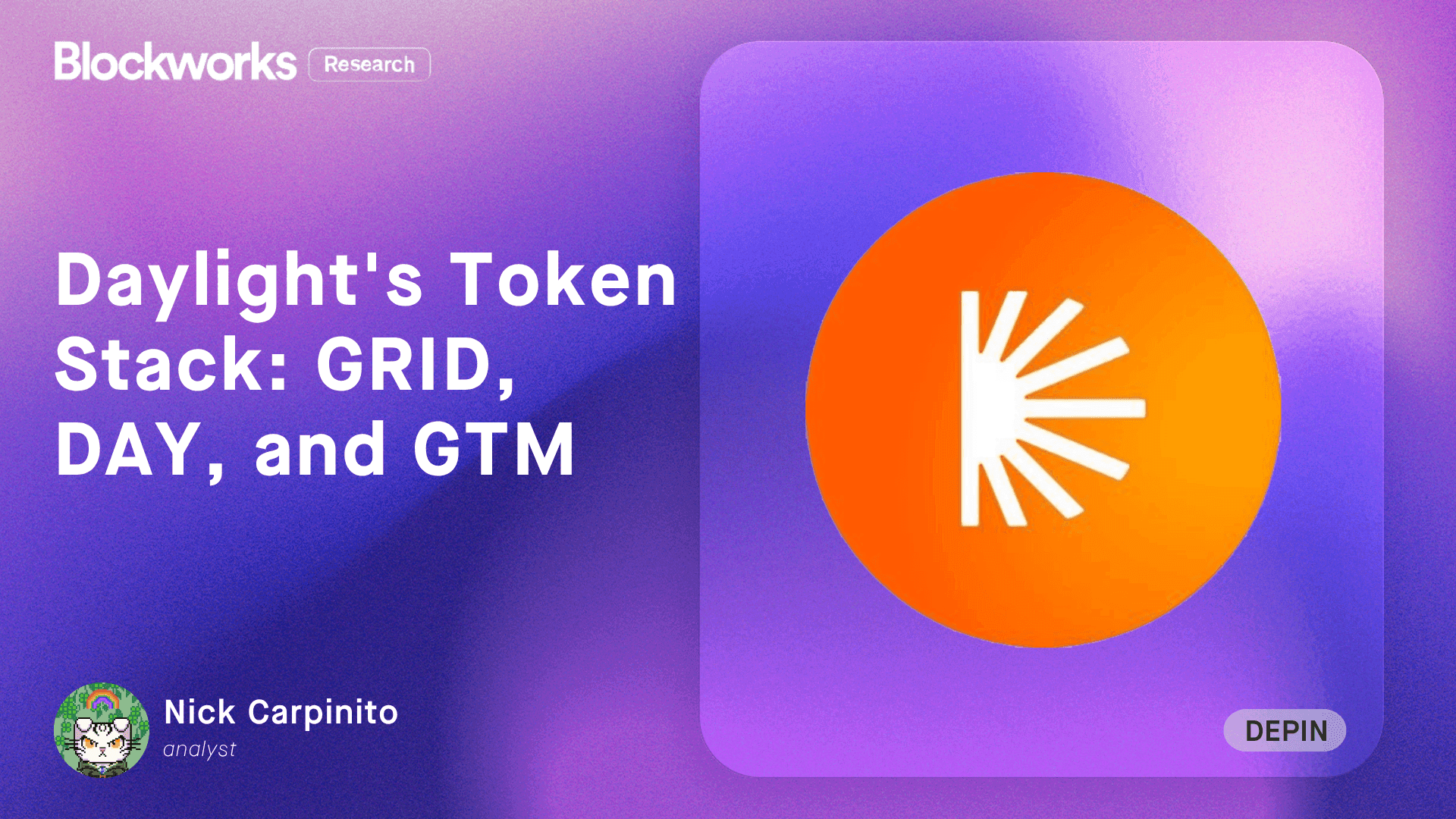🟪 The Train Has Left The Station
The spectacular rise in all assets — stocks, crypto, bonds, gold — continues. A portfolio of 60% stocks and 40% bonds is likely to post the best ever return from Nov. 1 to Dec. 31, going back to 1996. Solana has more than quadrupled in 3 months. All bulls rejoice.

Yesterday’s price is not today’s price.

The Train Has Left The Station
The spectacular rise in all assets - stocks, crypto, bonds, gold - continues. A portfolio of 60% stocks and 40% bonds is likely to post the best ever return from November 1st to December 31st, going back to 1996. Solana has more than quadrupled in 3 months. All bulls rejoice.

The much-cited catalyst for this surge is the Federal Reserve pivot - the Fed revealing that it expects it may be appropriate to cut interest rates several times in 2024. But this change in policy stance, hinted at in November, and reified by Fed Chair Powell at the December Fed meeting, is only part of the story.
Only if the Fed cuts interest rates during a soft landing (i.e., falling inflation with a strong economy) are the conditions for true goldilocks achieved. If the Fed were planning on cutting rates in order to mitigate a recession, such a scenario would not bode well for the stock market, although it would support bond values (prices up, yields down).
The economic and market data support the soft landing view. In 2023, the rate of nominal growth in the economy declined, but inflation fell way more, so the rate of real economic growth actually recovered.
If I had to speculate why the 2023 recession forecast by the majority of mainstream economists did not occur, I would list several possible causes, ranging from the persistent demand for the labor market, to a resilient demand supported by untapped consumer savings and declining-but-still-very-large-fiscal-deficit, and to the long maturity of corporate and household debt making the economy less sensitive to the Fed’s interest rates. But analysis is easy in hindsight. I’ll let you enjoy what’s left of the year.
For the economy, it’s hard to know if the plane has truly landed. But for markets, the train has left the station.
Top Stories
We're Watching

Today's episode of Bell Curve explores the intricacies of blockchain fee markets, from their origins in Bitcoin to modern innovations like Ethereum's EIP-1559 and multidimensional fee markets. Mike is Joined by Pranav and Sam to dive deep into the challenges of balancing spam prevention and positive user experience by analyzing fee structures in major chains like Solana. They unpack the "fee market fallacy," fee burning debates, and using credits to shape desired user behaviors. This episode delivers a masterclass in the past, present and future of how blockchains price scarce resources.
Daily Insights
recent research
Research
Daylight Energy (FKA React Energy), has secured $75M in new financing to accelerate deployment of distributed energy infrastructure, including $15M in equity and a $60M project development facility. This capital structure mirrors the protocol's design by separating growth capital from infrastructure financing. The company currently operates across a handful of US states including Illinois, Massachusetts, New York, New Jersey, and Pennsylvania, installing solar panels, batteries, and smart devices through Energy Subscriptions with no upfront cost to homeowners.
/



